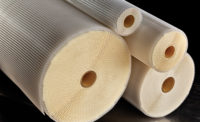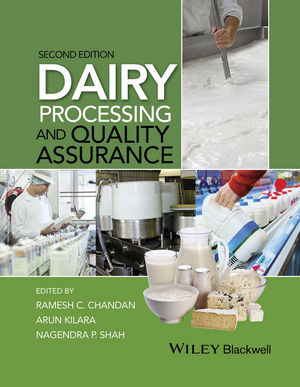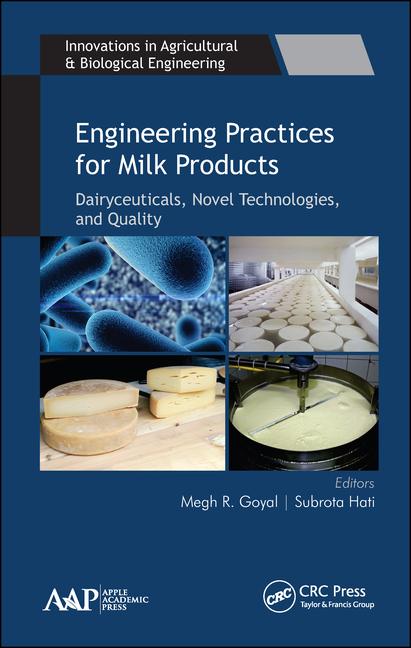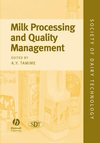Brining is an important part of the cheesemaking process for most types of Italian, alpine, blue, Camembert, and Dutch-style cheeses. There are two main types of brine tanks: static ones such as a pit and dynamic raceways where brine flows in a serpentine pattern.
No matter which system is used, maintaining high-quality brine is labor-intensive and comes with some challenges. So, why do we brine cheese?
Perhaps the most important function of brining is that it increases the salt content of the cheese. The high salinity in brine also helps control unwanted microbial growth, reduces moisture in the cheese, lowers or maintains the cheese temperature (e.g., in mozzarella), controls enzyme activities, and can provide rind/flavor/texture to the cheese.
Challenges with brining
However, brines can also be costly to maintain and present other challenges. Over time, cheese fines and fats accumulate in the brine, which can cause problems such as off-flavors in the cheese. These cheese fines and fats can also encourage the growth of salt-tolerant microorganisms, including yeasts, molds, and even pathogens such as Listeria monocytogenes and Staphylococci. Some cheesemakers will use natamycin, an anti-mycotic, to keep yeast and mold counts down.
Another challenge is monitoring and ensuring that the brine is within desirable parameters. Since salt is being absorbed from the brine into the cheese, cheesemakers need to make sure that adequate salinity levels are maintained in the brine. Most brines are going to be between 18% to 24% salt. In this range, there will be good salt saturation in the cheese. If the salinity levels drop below 16%, the brine will be more likely to develop microbiological issues.
Brine temperature is also important, and some cheesemakers find that the optimum temperature is around 45 degrees Fahrenheit, with some brines even colder. It’s also important to keep the brine pH in line with the pH of the cheese.
Other factors such as brine movement and keeping the brine tank at a consistent level can also help control microbiological growth. New brines or make-up solutions should have added calcium to limit calcium losses from cheese, which can cause surface defects such as softness or “rind rot.”
The most reliable way to monitor these different parameters is through log sheets. We encourage plants to train operators and supervisors about the importance of logging accurate data and training staff to take action immediately if parameters are out of line.
Another challenge is removing unwanted solids and microbial contaminants from the brine. One of the best options is cross-flow filtration. Filtration is an effective method to “clean up” brine while not impacting salt and other mineral levels. Research at the Center for Dairy Research has found that ultrafiltration or even microfiltration are the most effective filtration options in removing unwanted matter such as fat, fines, bacteria, yeasts, molds, and suspended solids.
Cheesemakers have also used other brine treatment strategies, including hydrogen peroxide, chlorine, and UV treatment. There are concerns that some technologies such as UV have the potential to produce off-flavors in cheese by oxidizing fat and alkylphenols found in milk.
Another newer option is the use of an electrolytic system, which generates oxygen/free radicals to control microbiological growth. Some cheesemakers have had success with these systems, but these methods do not remove solids from the brine — they only kill the unwanted yeast, molds, and bacteria.
Maintaining brine is challenging, but by carefully monitoring the parameters of your brine and keeping it healthy via strategies such as cross-flow filtration, you can have a high-quality brine for many years.










